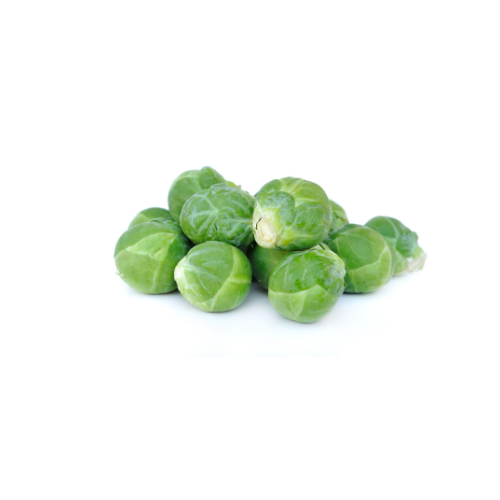
While likely cultivated by ancient Romans, these little sprouts were popularized in Belgium in the 1500s (thus, the name “Brussels sprouts”). Long Island Improved Brussels sprouts are a dwarf heirloom variety introduced on Long Island, New York, in the 1890s.
A single stalk can bear fifty to one hundred dark green sprouts. The compact plant matures slowly from the bottom up with sprouts taking on a sweeter tone after a light frost.
Sow seeds indoors in flats four to six weeks before the last frost date and transplant to the garden in May. Plant seedlings at least 18 inches apart. Sprouts require an even supply of water and fertilizer throughout the summer.
To harvest, cut sprouts from the bottom of the plant while they are still small and the leaves are tightly wrapped. Toward the end of the growing season, cut off the top 4-6 inches of the plant to encourage remaining sprouts to mature in three to six weeks.
Brussels sprouts can be roasted, sautéed, or grilled to bring out their natural sugar and slightly sweet flavor. They make a delicious, hearty side dish!
Plants must be kept above 28ºF. Dig up the entire plant in the fall and store it indoors in a container of sand until spring. Replant in the garden in early spring and seed pods will emerge. Once they dry out and turn brown, harvest pods and allow them to dry indoors on a cloth for three weeks, then place pods in a cloth bag and crush them by applying significant pressure. Separate seeds from the chaff and store in a cool, dry place for up to four years.